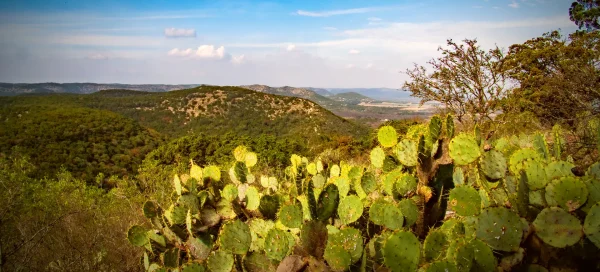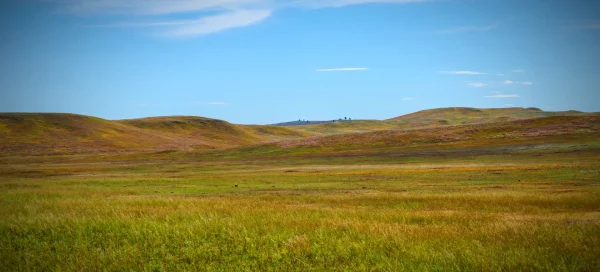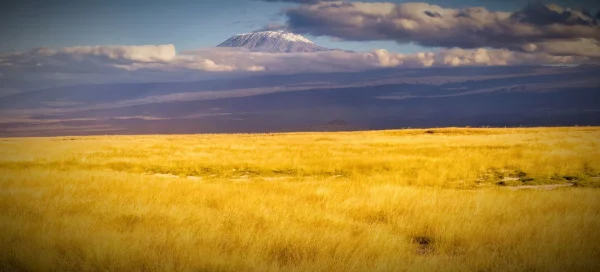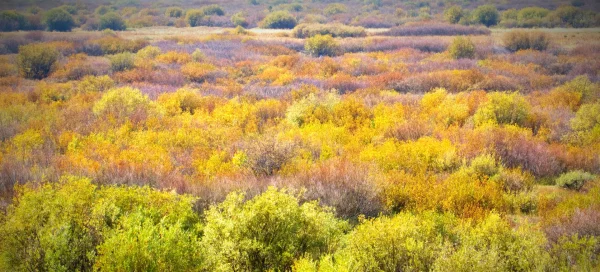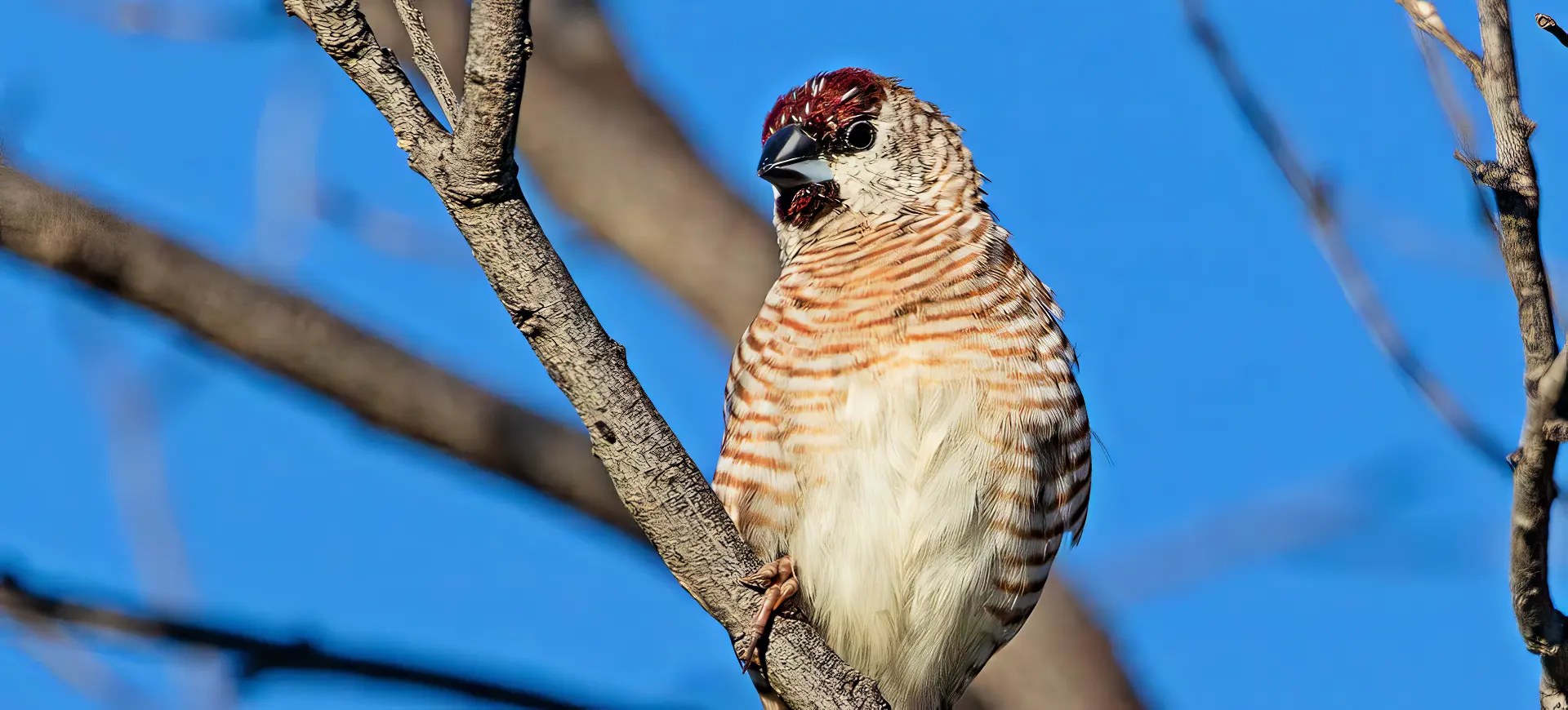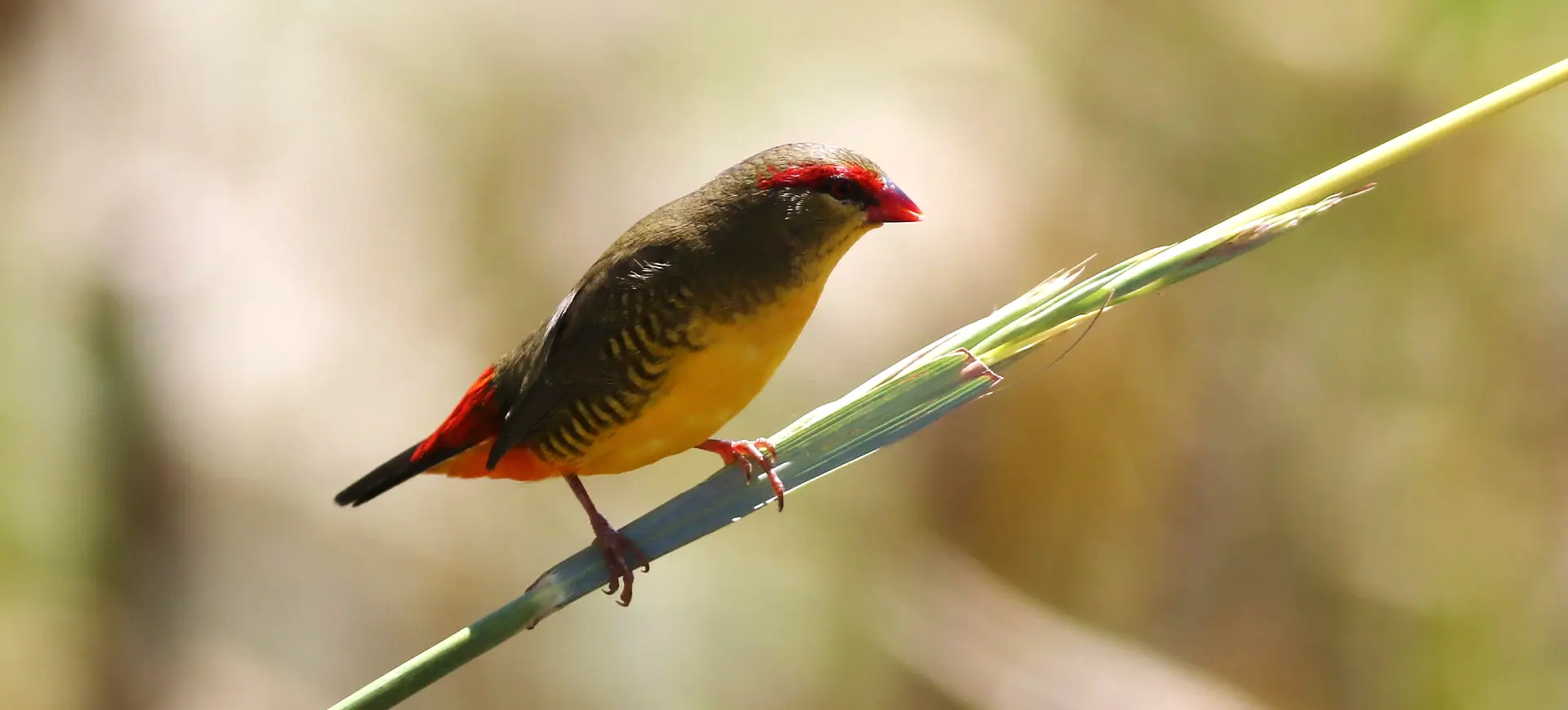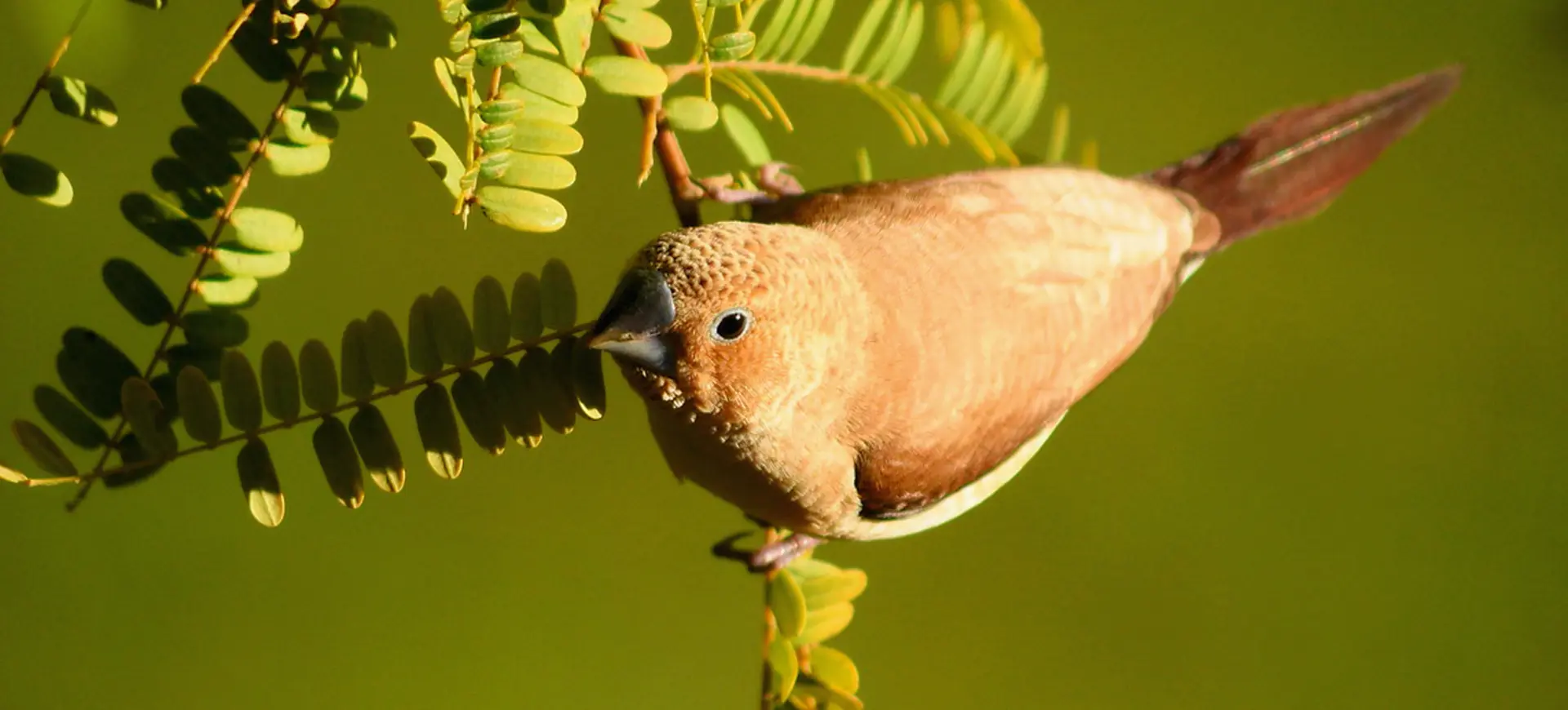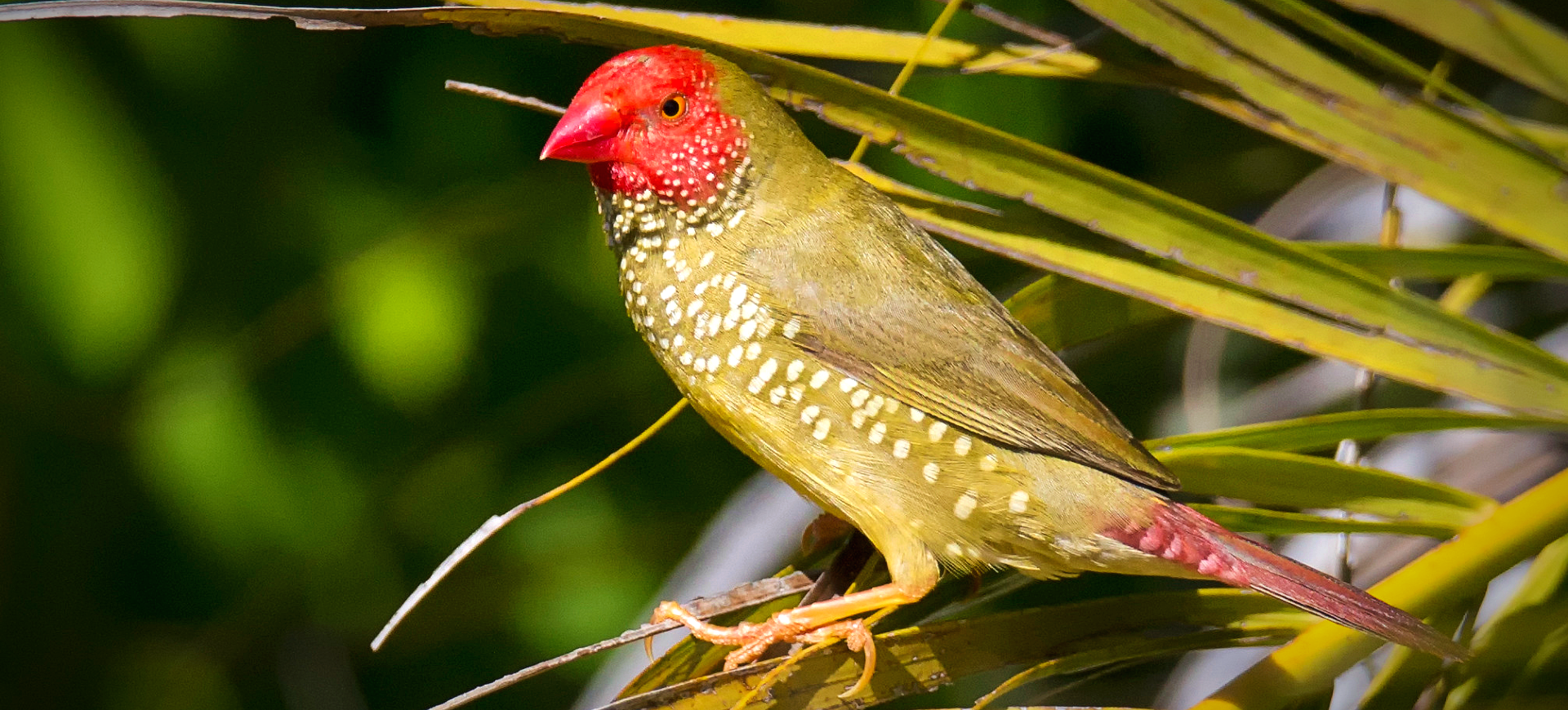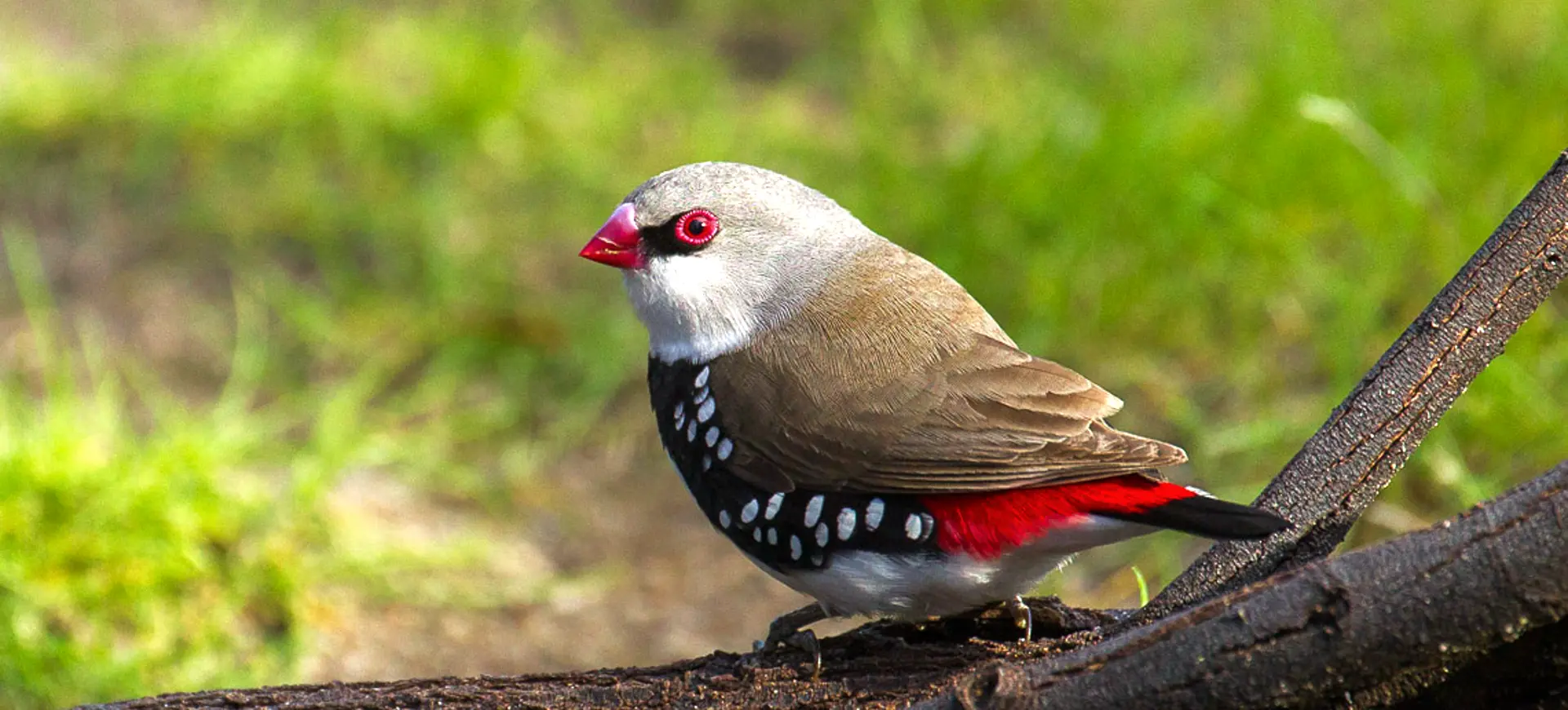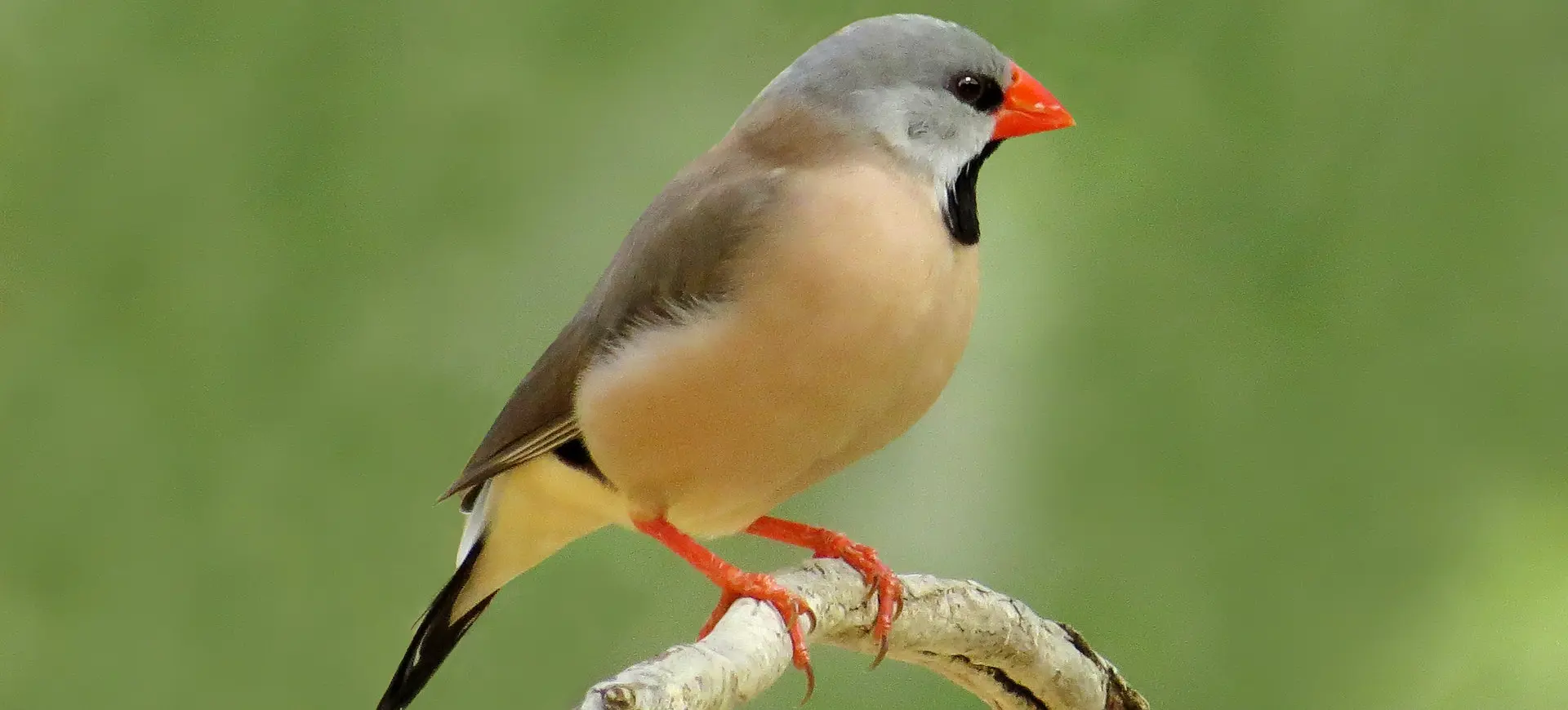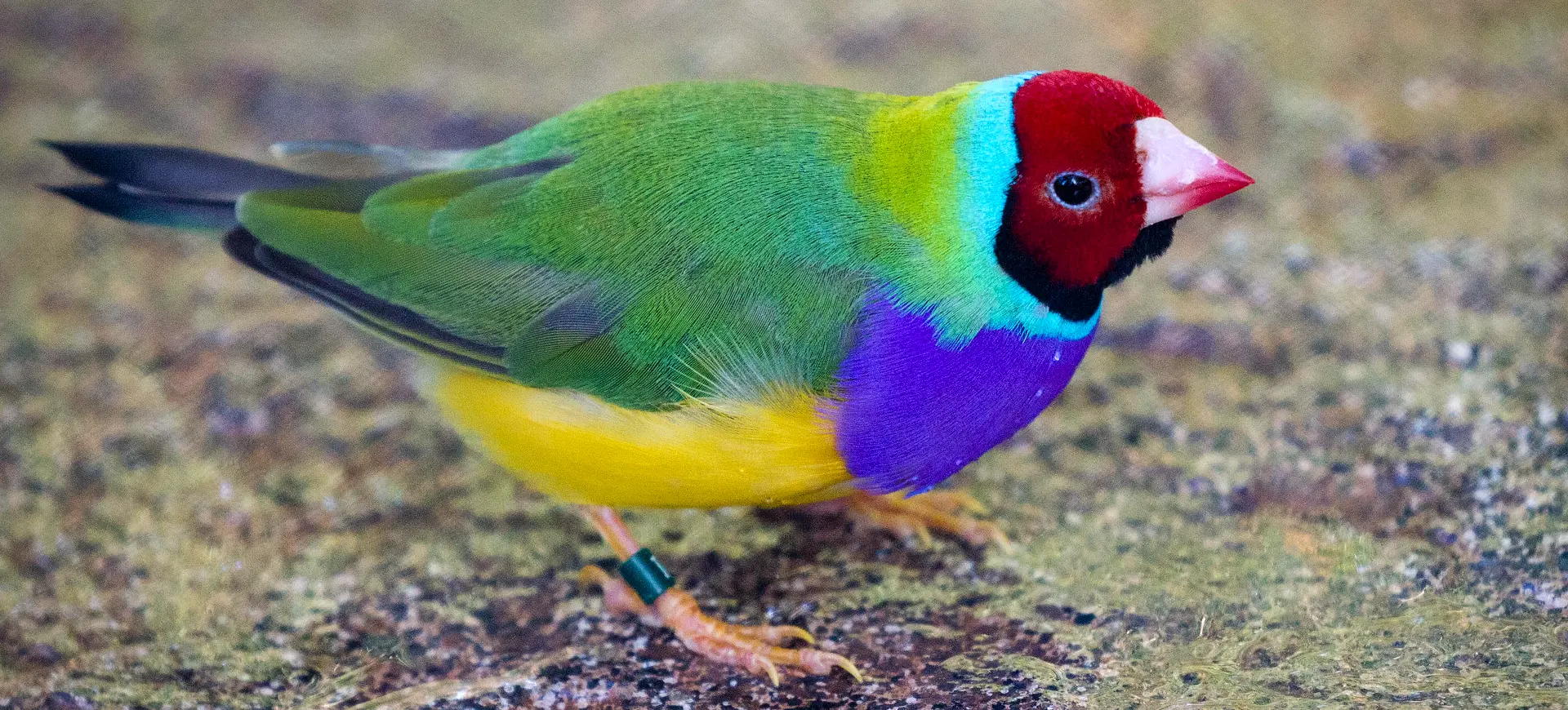Overview
The Double-barred Finch, Taeniopygia bichenovii, is a small Australian bird known for its distinctive owl-like face pattern and two black bars on its white chest, which give it its name. This species exhibits a striking contrast with its white lower body, black crescent bib, and flanks spotted with white, set against a light brown or fawn back and wings. Inhabiting grasslands, woodlands, and scrub areas, these finches are often found near water sources, highlighting their preference for habitats that offer food and water availability. They primarily feed on seeds from grasses and occasionally insects, showcasing their granivorous diet with opportunistic insectivory.
Double-barred Finches are social birds commonly seen in small flocks that sometimes include hundreds of individuals, especially outside the breeding season. Their sociability extends to their breeding habits, where they often nest in loose colonies, providing added protection against predators. The nests are intricate, dome-shaped structures built with grasses and lined with softer materials placed in trees or shrubs. These finches have a sweet, melodious call, which, along with their active nature, makes them a delight to observe in their natural habitat.
Conservation efforts for the Double-barred Finch have ensured their population remains stable despite habitat changes due to agriculture and urban development. They have adapted well to modified landscapes, often visiting backyard feeders in rural and suburban areas. However, maintaining natural habitats is crucial for long-term survival, emphasizing the importance of balanced ecosystem management. The species is currently not under significant threat, but continuous monitoring is essential to prevent future declines.
Taxonomy
Kingdom
Phylum
Class
Order
Family
Genus
Species
Type
Physical Description:
The Double-barred Finch is characterized by its small size, measuring approximately 4 to 5 inches long, including its short, stubby tail. Its most distinctive feature is the ‘double bar’ across the chest – a black band above a white band that contrasts sharply with the bird’s otherwise light brown and white plumage. The face resembles an owl due to the white face surrounded by a black ring, enhancing its unique appearance among finches. Both sexes appear similar, though males may exhibit slightly brighter plumage and a more pronounced black bib.
Juveniles have a muted color palette, lacking adults’ distinctive face patterns and double bars until they mature. This gradual development of plumage plays a role in social dynamics, as adult plumage signals readiness for breeding. Their legs and beaks are light in color, with the beak shape optimized for seed consumption, highlighting their adaptation to a granivorous lifestyle. Despite their delicate appearance, Double-barred Finches are hardy birds, capable of thriving in various environmental conditions.

Lifespan: Wild: ~5 years || Captivity: ~8 years

Weight: Male & Female: 0.35-0.4 oz (10-11 g)

Length: Male & Female: 4-5 inches (10-12 cm)

Wingspan: Male & Female: 4-5 inches (10-12 cm)

Top Speed: Unknown
Characteristic:
Native Habitat:
Double-barred Finches are native to northern and eastern Australia, thriving in various habitats, including open woodlands, grasslands, and scrublands. These habitats provide the necessary resources, such as food, water, and nesting sites, crucial for their survival and reproduction. Their preference for areas near water sources, such as streams and rivers, reflects the importance of water for drinking and supporting a diverse array of plant species that produce the seeds they feed on.
The landscape of their habitat is characterized by grasses and shrubs, which offer food and shelter. The Double-barred Finches’ adaptability to different environments has allowed them to occupy a wide range of habitats, from natural bushland to agricultural and urbanized areas. This adaptability is a testament to their resilience and the ability to find niches within altered landscapes, highlighting the importance of conserving natural habitats to support their populations.
Biomes:
Biogeographical Realms:
Continents:
Countries:
Diet:
Diet & Feeding Habits:
Double-barred Finches are predominantly granivorous, feeding mainly on grass seeds, which they forage for on the ground. Their diet reflects the availability of seeds in their habitat, which can vary seasonally, prompting them to occasionally eat insects, especially during the breeding season when additional protein is beneficial. They have been observed foraging in small flocks, a behavior that likely increases feeding efficiency and provides protection from predators. In urban and suburban settings, they readily visit bird feeders, displaying their adaptability to altered landscapes and ability to exploit new food sources.
Their feeding habits indicate their role in the ecosystem as seed dispersers, contributing to the health of their habitats. The finches’ preference for seeds from specific grass species also influences the composition of their habitats, showcasing the intricate relationships between avian species and their environments. Water availability is crucial for survival, influencing their distribution within suitable habitats. Double-barred Finches demonstrate flexibility in their feeding behavior, adapting to the availability of food resources, which is a key factor in their resilience to environmental changes.
Mating Behavior:
Mating Description:
Double-barred Finches are monogamous, forming pair bonds that often last for multiple breeding seasons. Their courtship involves a series of vocalizations and physical displays, including the male offering food to the female, which strengthens their bond and signals the male’s ability to provide. Nesting sites are chosen carefully, with both members participating in constructing the dome-shaped nest, which is intricately woven from grasses and lined with softer materials for insulation and comfort.
Breeding can occur throughout the year, depending on environmental conditions such as food availability and temperature, with a peak in breeding activity observed during the rainy season. The female lays between 4 and 6 eggs per clutch, which both parents incubate, demonstrating their cooperative approach to raising offspring. The chicks are born altricial and require intensive care, including feeding and protection from predators until they are ready to fledge. This shared parental responsibility ensures a high offspring survival rate, contributing to the stability of Double-barred Finch populations.
Reproduction Season:
Birth Type:
Pregnancy Duration:
Female Name:
Male Name:
Baby Name:
Social Structure Description:
Double-barred Finches exhibit highly social behavior, forming flocks that can include dozens to hundreds of birds, especially outside the breeding season. These flocks provide safety in numbers from predators and increase the efficiency of finding food. During the breeding season, their social structure shifts to focus on the monogamous pair and their offspring, though they may still nest near other pairs, forming loose colonies.
The interaction within these social groups is complex, involving a variety of vocalizations and body language that facilitate communication and cohesion. The formation of pair bonds is a significant aspect of their social life, with pairs often remaining together for several breeding seasons. This strong social structure enhances their survival and plays a crucial role in the species’ reproductive success, highlighting the importance of social bonds in the lives of double-barred finches.
Groups:
Conservation Status:
Population Trend:
Conservation authorities classify The Double-barred Finch as Least Concern, indicating a stable population trend across its natural range. This status is attributed to its wide distribution, adaptability to various habitats, and ability to thrive in natural and modified environments. Despite the lack of precise population numbers, observations and reports suggest it is common in suitable habitats, with no immediate threats causing significant declines.
Conservation efforts focus on preserving habitats and monitoring populations to ensure continued stability. Double-barred Finches’ adaptability to changing environments is a positive sign, but it underscores the importance of maintaining natural habitats and ecosystem health. By protecting these areas, we support Double-barred Finches and the vast array of species that share their habitats, ensuring biodiversity and ecological resilience.
Population Threats:
The primary threats to Double-barred Finches include habitat destruction due to agricultural expansion, urban development, and altering natural landscapes. While they have shown a remarkable ability to adapt to modified environments, these changes can still impact their access to food, water, and nesting sites. Predation by domestic pets and competition with other bird species for resources are additional challenges they face in urban and suburban areas.
Conservation strategies to mitigate these threats are crucial for ensuring the long-term survival of Double-barred Finches. Key components of these strategies include protecting natural habitats, regulating land use, and promoting wildlife-friendly practices in agricultural and urban areas. Public education and community involvement in conservation efforts can also significantly protect these finches and their habitats.
Conservation Efforts:
Conservation efforts for the Double-barred Finch focus on habitat preservation and the restoration of degraded areas to ensure the availability of food and water sources. Initiatives that promote the conservation of natural grasslands, woodlands, and scrublands are essential for maintaining healthy populations. In areas where natural habitats have been altered, creating wildlife corridors and planting native vegetation can help support their needs.
Engagement with local communities, landowners, and policymakers is crucial to the success of conservation initiatives, encouraging practices that benefit both wildlife and people. Educational programs that raise awareness about the Double-barred Finch and its ecological role can foster a greater appreciation for this species and the importance of biodiversity. Through habitat conservation, research, and community involvement, we can ensure a bright future for the Double-barred Finch and its ecosystems.
Additional Resources:
Fun Facts
- Double-barred Finches are sometimes called “Owl Finches” due to their unique face pattern that resembles an owl’s face.
- They can consume various grass seeds, showcasing their adaptability in feeding habits.
- In captivity, Double-barred Finches have been known to live longer than in the wild, highlighting the impact of predation and environmental factors on their lifespan.
- Their intricate, dome-shaped nests are functional and provide insight into their complex behavior and intelligence.
- Double-barred Finches have a melodious call, which they communicate within the flock and during courtship.
- They are popular among bird watchers and aviculturists due to their striking appearance and friendly nature.
- Despite their small size, Double-barred Finches are robust and adaptable, capable of thriving in various environments.
- Their presence in a habitat indicates a healthy ecosystem, underscoring their importance as an indicator species.
- The species plays a significant role in seed dispersal, contributing to the regeneration and health of their habitats.
- Conservation efforts for Double-barred Finches also benefit other species that share their environment, demonstrating the interconnectedness of ecosystems.

